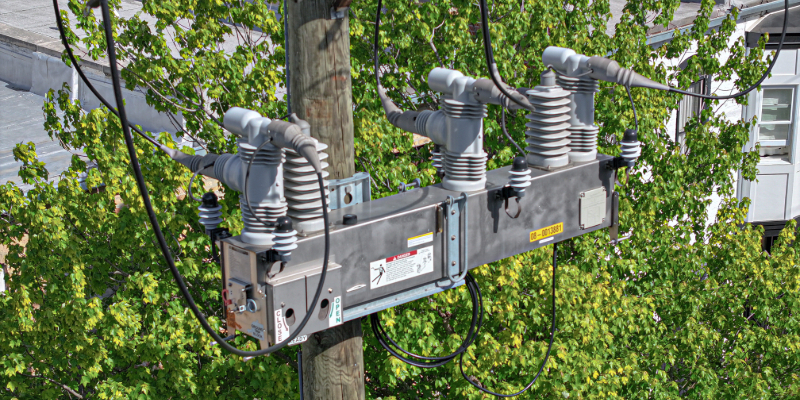Segmentation Getting Complicated? We Can Help
Back to Top
The utility industry folks I’ve been talking to this summer have by and large been focused on one key aspect of their jobs: segmentation goals.
Which makes sense. These goals are a major part of many utilities’ grid-modernization plans, and the pressure to meet them can be all-consuming.
But here’s some good news: Even though segmentation goals are more aggressive, S&C has just the solution you need to simplify segmentation and achieve your utility’s goals easily and quickly.
The Simple Truth: Segmentation Goals Improve Resilience
We have a lot of complexities to deal with, but segmentation doesn’t have to be one of them.
There’s a good reason utilities want to segment their feeders into smaller sections: More segmentation means greater resilience against storms, fewer customers without power, and faster storm recovery.
That’s the high-level story. Dig a little deeper, though, and things get more interesting.
When bad weather hits, the resilience benefits of segmentation reveal themselves on three timelines:
- The first few seconds: A tree limb falls and takes down a section of feeder line. If the line is radial, segmentation can isolate the fault so only customers in the affected section and downstream sections lose power. If the line is looped, automated devices quickly isolate the fault to only the affected section while restoring power to all surrounding segments in mere seconds.
- The first few hours: Dispatchers can use device data to inform their decisions as they shift loads to restore power to more customers. Lines that are segmented into many sections with many devices give dispatchers more ability to perform switching.
- The first few days: As crews work in a storm’s aftermath, segmentation can help them more quickly locate problem areas. If a limb fell somewhere on an unsegmented five-mile-long line, it may take a while to locate it. But if it fell somewhere on a 500-yard segment of line, that location time gets a lot shorter. And the quicker a crew can locate a problem, the quicker it can address it and restore power.
The end result of all this increased resilience via segmentation: happier customers and potentially millions of dollars saved.
It’s Complicated: Why Conventional Reclosers Aren’t the Answer
These days, utilities often try to get as few as 400 or 500 customers per segment. But if you try to achieve this level of segmentation using only conventional reclosers, you’re likely to run into some complexity.
- TCC trickiness: Because conventional reclosers have wide TCC curves, the devices overlap and miscoordinate if too many of them are placed in series. To avoid this problem, utility engineers are forced to create overly complicated logic.
- Switch struggles: To get around the TCC problem, many utilities configure their reclosers to act like switches, dumbing down the devices with uniquely written code so they no longer interrupt faults. This often backfires and can create even more outages.
The Simplifier: An Ultra-Powerful Automated Fault Interrupter
There’s one solution that can simplify these segmentation challenges: an automated fault interrupter.
If you’re just getting started on achieving your segmentation goals, this device solves for complexities because it:
- Has skinny TCC curves
- Doesn’t require custom logic (no code-writing!)
- Eliminates the need for communication
- Coordinates easily with existing grid devices—even devices from different manufacturers
Check out this video to see how it works.
If you think you’ve maxed out on your segmentation capabilities, this same device helps you go even further by:
- Working alongside and in between existing reclosers—even devices from different manufacturers
- Enabling unlimited segmentation capabilities
Yes, you read that right: “unlimited segmentation.” Watch this video to see how this is possible.
The most robust automated fault interrupter on the market is S&C’s IntelliRupter® PulseCloser® Fault Interrupter—an all-in-one device that empowers you to achieve your feeder-segmentation goals as you improve both reliability and storm resilience for your grid.
In our industry, we have a lot of complexities to deal with, but segmentation doesn’t have to be one of them. So, keep it simple by deploying the solution that will help you achieve your segmentation goals easily and simply.